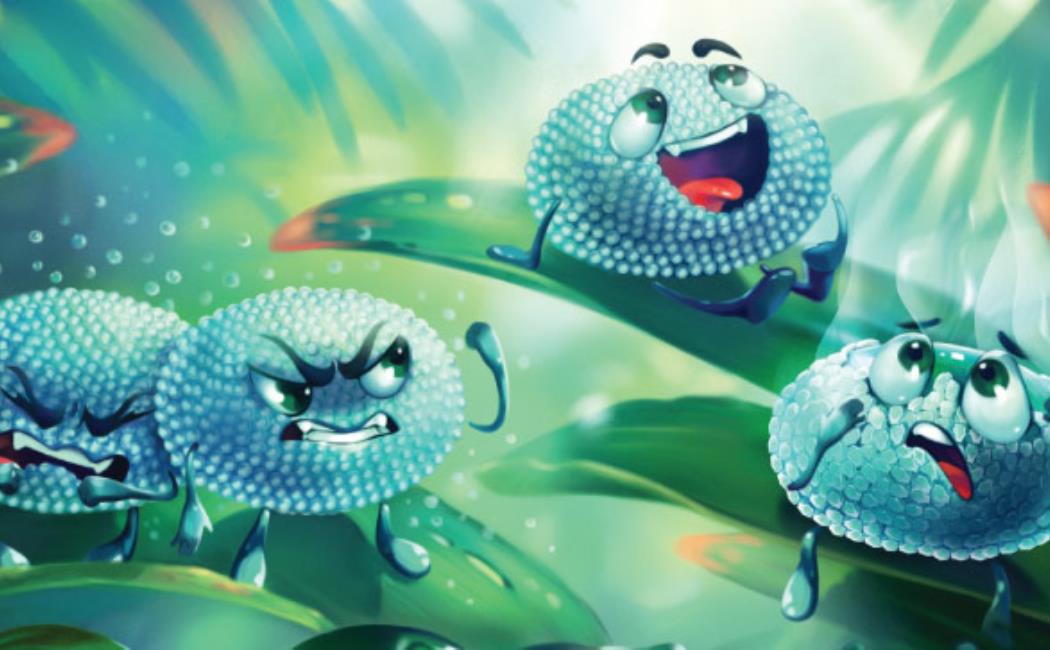
The curious task of watching liquid marbles dry
11 October, 2021
A comprehensive framework for studying the evaporation behavior of liquid marbles is helping KAUST researchers to better understand these tiny biological structures.
Liquid marbles were first discovered during a study of the behavior of aphids — tiny insects that live inside plant galls. Aphids drink nectar, then excrete sticky, sugary substances into their confined living space. To avoid drowning in their own excretions, the insects coat the sticky fluid with wax particles, creating tiny liquid marbles with a hydrophobic outer layer that they cannot stick to.
Scientists quickly realized the value of such a system for transporting tiny amounts of intact liquid over a surface without “wetting” it. Further applications for liquid marbles include miniature biochemical reactors and pollution monitoring.
Click here to read the full story.
Image: Using high-speed imaging, KAUST researchers discover that liquid–particle and particle-particle interactions critically influence the evaporation behavior of liquid marbles.
© 2021 Ella Maru Studio.